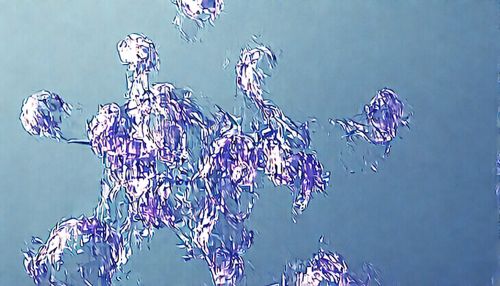Diatomic molecule
Introduction
A diatomic molecule is a type of molecule that consists of two atoms of either the same or different chemical elements. The prefix "di-" in diatomic molecule originates from the Greek "di" meaning "two". This type of molecule is the simplest form of molecule, and its properties are often used as a benchmark in the study of quantum chemistry and spectroscopy.
Structure and Bonding
Diatomic molecules are held together by chemical bonds, which are forces of attraction between atoms. The most common type of bond in diatomic molecules is the covalent bond, in which two atoms share one or more pairs of electrons. This type of bond is characterized by the overlap of atomic orbitals, which leads to the formation of a molecular orbital.


Types of Diatomic Molecules
There are two main types of diatomic molecules: homonuclear and heteronuclear.
Homonuclear Diatomic Molecules
Homonuclear diatomic molecules consist of two atoms of the same element. Examples include the elemental gases hydrogen (H2), nitrogen (N2), oxygen (O2), and the halogens fluorine (F2), chlorine (Cl2), bromine (Br2), iodine (I2), and astatine (At2).
Heteronuclear Diatomic Molecules
Heteronuclear diatomic molecules consist of two different elements. Examples include carbon monoxide (CO), hydrogen chloride (HCl), and nitric oxide (NO).
Properties of Diatomic Molecules
The properties of diatomic molecules are determined by the nature of the chemical bond and the specific atoms involved. These properties include bond length, bond energy, and vibrational and rotational frequencies, which can be studied using various spectroscopic techniques.
Bond Length
The bond length in a diatomic molecule is the distance between the two nuclei of the atoms. This distance is determined by the balance between the attractive forces (from the shared electrons) and the repulsive forces (from the positively charged nuclei).
Bond Energy
The bond energy is the amount of energy required to break the bond between the two atoms in a diatomic molecule. It is a measure of the strength of the bond, with higher bond energies indicating stronger bonds.
Vibrational and Rotational Frequencies
Diatomic molecules can undergo vibrational and rotational motions. The vibrational frequency is related to the strength of the bond and the masses of the atoms, while the rotational frequency depends on the shape and size of the molecule.
Applications of Diatomic Molecules
Diatomic molecules have a wide range of applications in various fields such as chemistry, physics, biology, and environmental science. For instance, the oxygen molecule (O2) is essential for life as it is used in cellular respiration. In environmental science, the nitrogen molecule (N2) plays a crucial role in the nitrogen cycle. In physics and chemistry, diatomic molecules are often used as test cases for theories and computational methods.
